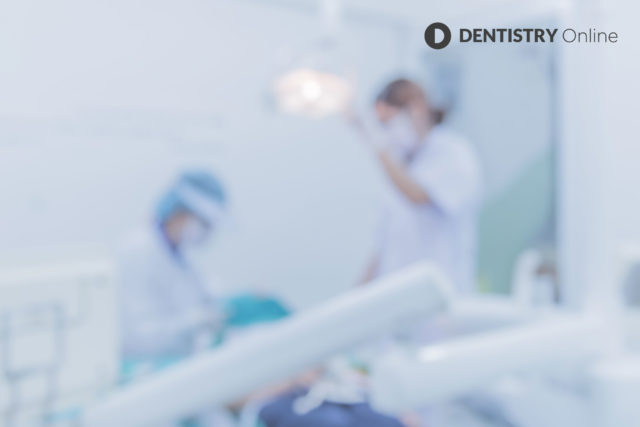 Dental Sky explains how the coronavirus pandemic is changing the way the public perceives and maintains their oral health.
Dental Sky explains how the coronavirus pandemic is changing the way the public perceives and maintains their oral health.
At the time the coronavirus pandemic took hold, the ways in which it might affect restorative dentistry were probably not the most immediate thoughts for many people, dentists included.
Yet as events unfold there are now few who would acknowledge that the effect of the virus on the present delivery of oral and dental care and its future directions have been anything other than profound.
Many patients accepted the traditional model of restorative dentistry was that a visit to the dentist for a ‘check-up’ was followed by the need for one or more fillings. Either because of new cavities or as replacement restorations.
This formed the dentist’s ‘job’. Mediated by dental supplies, dental equipment and dental instruments. It was a ‘dental’ world in which the patient had little or no input.
Yet, as the new century dawned, so too did a far more preventively oriented view of caries and periodontal disease prevention.
The dentist’s role was increasingly seen instead as a mutual responsibility with the patient. More recently this philosophy has been distilled into what has become known by a variety of names. Such as the minimum intervention oral care (MIOC) delivery framework, including minimally invasive dentistry (MID).
This, at its centre, places prevention with greater importance than the accepted norm of operative restorative dentistry.
New way of working
The pandemic has created an unforeseen boost to this way of thinking and working.
With greater emphasis on prevention potentially reducing caries incidence, the whole gamut of restorative dentistry changes; the need for aerosol-generating procedures (AGPs) are reduced with concomitant lower levels of personal protective equipment, scrubs, gloves, face masks, FFP2 respirators and a whole range of other dental equipment.
The MIOC team-delivered, patient-focused framework is based around four interlinked domains, applicable to restorative dentistry and any of the associated disciplines, across all ages and patient groups (with suitable adaptions where necessary) and has been defined by Professor Avijit Banerjee, Faculty of Dentistry, Oral & Craniofacial Sciences, King’s College London, as:1
- Identifying problems (disease detection, risk/susceptibility assessment, diagnosis and patient-focused care planning)
- Prevention and control (primary, secondary and tertiary prevention of lesions, control of the disease processes)
- MI treatments/procedures (minimally invasive operative management of carious/periodontal lesions, pulp pathology, endodontics, broken-down or missing teeth)
- Review/recall (re-assessment of any treatment provided, patient behavioural adherence to change, recall periodicity dependent on longitudinal susceptibility assessments).
This process is part of a move towards greater patient and public awareness of the benefits of maintaining personal oral heath. These are not just of personal wellbeing but also as opportunities to reduce reliance on traditional modes of care.
Methods dependent on sometimes prolonged close contact personal treatment, indicating that MIOC, is an appealing way forward.
Changing dentistry
Perceived as a once in a lifetime opportunity provided by the pandemic, this might also be accompanied by revised contracts for private, third-party mediated and NHS commissioning. Whilst also ensuring resilience of the approach through local peer support/review, enhanced team-delivery and training provision.
Government messaging to the population will need to become more balanced in this regard than ever before. Where it gives prevention, self-care, personal responsibility and awareness maximum priority in oral health promotion.
In this way, the face of restorative dentistry therefore changes forever.
Reference
Banerjee A (2020) Minimum intervention oral healthcare delivery – is there consensus? Br Dent J 229: 332-35
Let’s block ads! (Why?)






